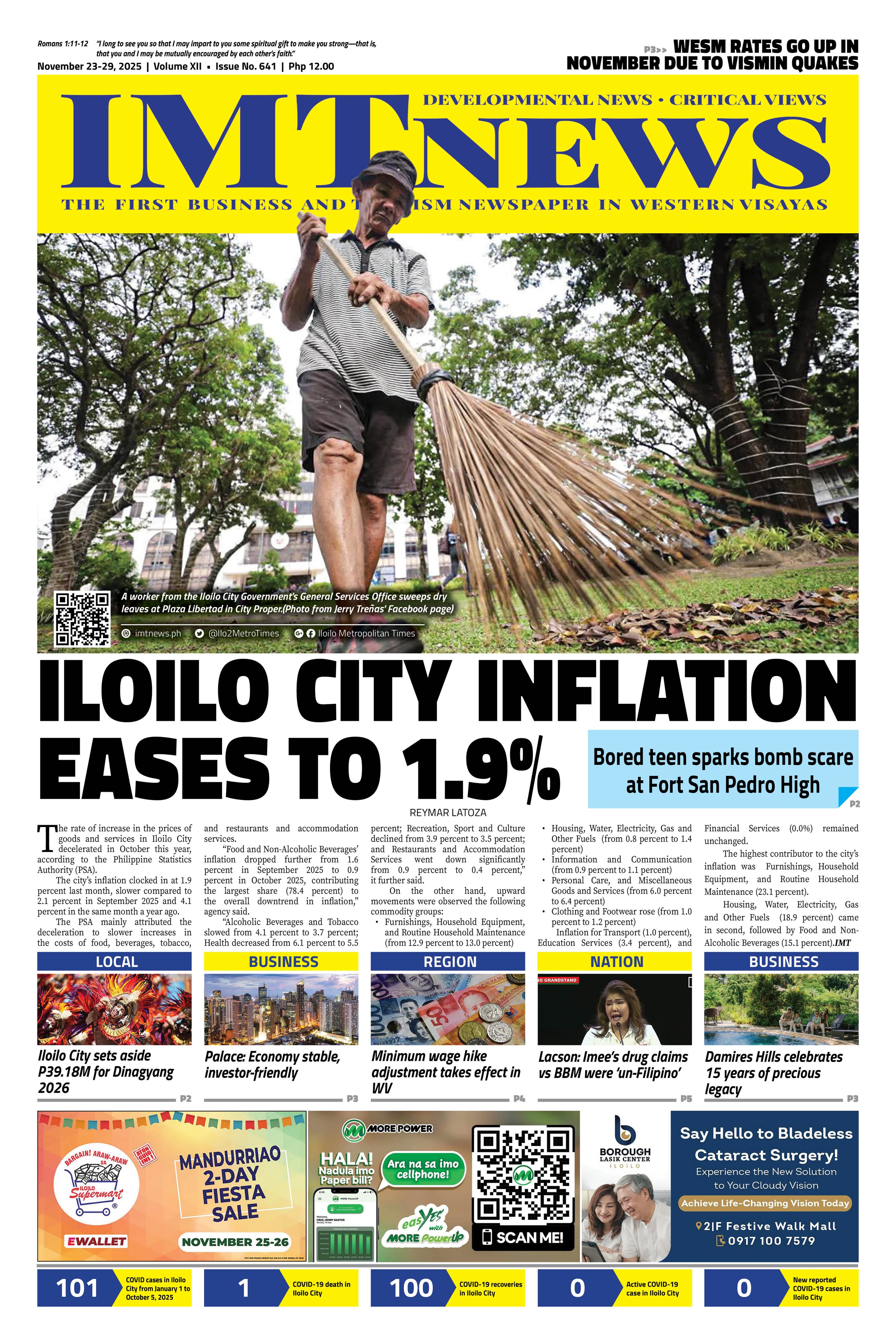Domestic travel continues to lead the recovery of the Philippine tourism industry, with its receipts able to make up for the “shortfall” in international arrivals, according to real estate advisory firm Leechiu Property Consultants (LPC).
“Domestic travel is so big. It’s so big and strong that it can make up for, now in the short term, the shortfall of international arrivals,” Alfred Lay, LPC director for Hotels, Tourism, and Leisure, said during the presentation of the LPC Q2 2025 Philippine Property Market Report in Makati City.
“It can do that for a long time, and the long-term goal for domestic tourism would probably to double (its) size within the next five to 10 years.”
Lay noted that domestic tourism expenditure in 2024 reached P3.16 trillion, surpassing the pre-pandemic level of P3.14 trillion in 2019.
Tourism contributed 8.9 percent of the country’s gross domestic product (GDP) last year.
International tourism expenditures, on the other hand, stood at P699 billion, up from P600 billion pre-pandemic levels, despite missing the 2024 targets.
In an interview, Lay said he expects inbound arrivals this year to reach at least six million.
He noted that the arrival of South Korean visitors, the Philippines’ top market, has seen a decline in the past five months, likely due to the “negative media coverage” in South Korea over security issues in the country, but long-haul tourists are increasing and have offset the decline.
According to the LPC report, Korean arrivals in the first five months of 2025 dipped 19 percent to 552,000 from 682,000 in the same period last year, while inbound arrivals from the United States, Japan, Australia, and Canada surged between 9 percent and 19.4 percent.
Additional routes and flight frequencies, he said, are likewise expected to sustain this upward momentum.
Meanwhile, Lay addressed news coverage about the affordability of travel to the Philippines, stating that the country only ranks in the “middle of the pack” in terms of hotel average daily rates (ADR) compared to Southeast Asian neighbors and competitors.
The LPC report showed that the Philippines ranks fourth in hotel ADR at P6,048, with Thailand (P8,171), Cambodia (P6,591), and Vietnam (P6,359) in the top three places.
“I would say that we’re still very price competitive across the region, and we will continue to be so for quite a long time,” he said.
“As we scale, we improve our infrastructure, our transportation costs come down, that will keep us relevant and will improve our numbers over the mid to long-term.”PNA







